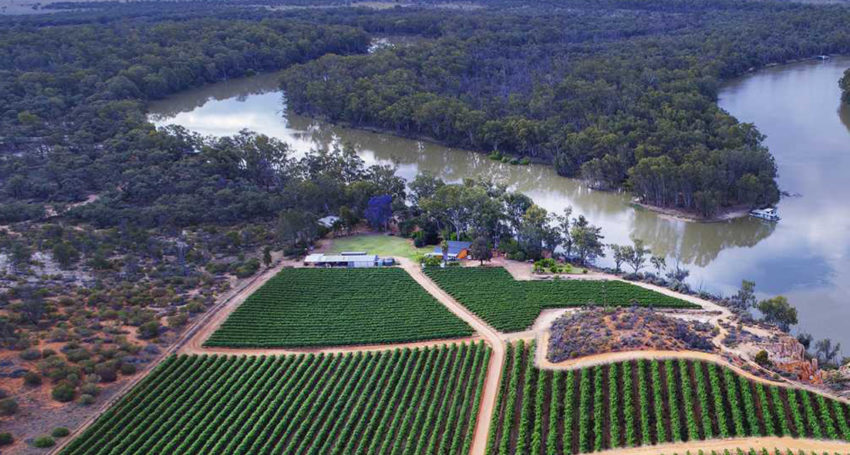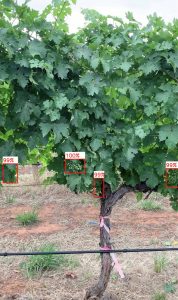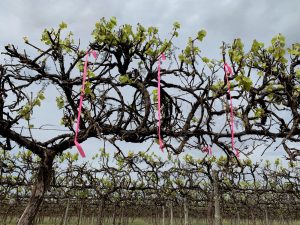New digital platform to help Australian vineyards optimise irrigation use
- January 28, 2020
- Posted by: administrator
- Category: Technology & Innovation, Australasia

Software and sensors to help grapegrowers optimise irrigation use will be the first application of a new digital platform currently being developed in South Australia.
The VitiVisor platform will use lean manufacturing and Industry 4.0 principles to collect information direct from the vineyard via cameras and sensors and analyse the data to assess vineyard performance.
For the first time, the software will also offer coordinated advice on management practices such as irrigation, pruning, fertiliser, fungicide and pesticide applications.
Riverland Wine has partnered with the University of Adelaide and Wine Australia with support from UniSA and Primary Industries and Regions SA (PIRSA) on the $5 million project.
The digital system aims to help growers understand precisely what is going on in their vineyard so they can more accurately predict yields while maximising efficiency.
VitiVisor brings together researchers in viticulture, engineering, remote sensing, farm economics, water accounting, artificial intelligence, machine learning and robotics, with grapegrowers possessing deep knowledge of vineyard production and processes from the Riverland wine region.

Using artificial intelligence to detect grape bunches and predict yield is being developed as part of the project.
The project was initiated in 2018 under the leadership of Riverland Wine Executive Chair Chris Byrne – a six-month trial followed last year ahead of the project’s expansion.
Devices such as moisture monitors and evaporation sensors have been used in vineyards for some time but adapting others to the industry and integrating them through a single platform has not been done previously.
Byrne said other technologies linked to the platform could include hyper-spectral imaging, canopy temperature sensors, digital weather stations and devices for predicting the likelihood of a downy or powdery mildew outbreak.
“The pilot project conducted last season indicates there is great potential to provide growers with simplified advice on management practices to bring significant improvements to the bottom line” he said’
In the vineyard, cameras and sensors will collect data and analyse its performance through indicators such as canopy growth, fruit production, sap flow and soil moisture.
This will allow growers to track and predict how key management actions such as application of water, fertiliser and herbicides and various canopy management strategies relate to vineyard outcomes such as fruit yield and quality.
The information will be displayed as a dashboard, giving growers a quick snapshot of what is happening in their vineyards. They will be able to simply and easily share information about their vineyard performance with their advisors.

Sectioning vineyards into measurable slices is among the techniques used to gauge production efficiency.
University of Adelaide Project Supervisor Professor Andy Lowe said the university had key strategic priorities in agrifood and wine and had deliberately aligned itself with the needs of industry and South Australia.
The project is being led by the University of Adelaide in partnership with Riverland growers but the end product will be open to all growers. VitiVisor will also be an open source platform, expandable over time, allowing anyone to add new applications.
Wine Australia Chief Executive Officer Andreas Clark said the project was an exciting collaborative effort that could have enduring benefits for the grape and wine community across Australia.
“Technology in viticulture has been evolving at a rapid pace and it’s exciting to see an integrated approach to developing a single, open-source system that will combine many of these advances to help support decision making for grapegrowers all around Australia,” he said.
